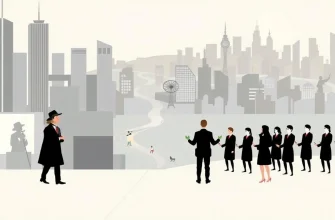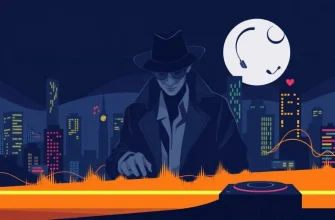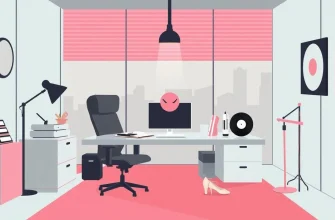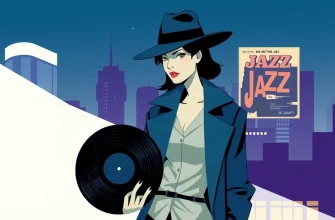Imagine the thrill of a detective story, now add the sophisticated backdrop of classical music. This unique combination creates an atmosphere of suspense, elegance, and intellectual stimulation. Whether it's a murder mystery or a thrilling chase, these films use classical music not just as a backdrop but as a key element in storytelling. Here's a selection of ten films where the world of crime meets the world of classical music, offering viewers a rich, multi-layered experience.

The Man Who Knew Too Much (1956)
Description: Alfred Hitchcock's classic involves a kidnapping plot where a piece of classical music becomes central to the resolution. The film's score by Bernard Herrmann is iconic.
Fact: The film features a famous scene at the Royal Albert Hall, where the climax revolves around the Storm Clouds Cantata.
 Watch Now
Watch Now
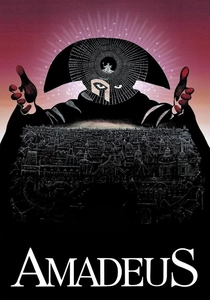
Amadeus (1984)
Description: This film delves into the life of Wolfgang Amadeus Mozart, with a detective-like investigation into his genius and untimely death. The classical music is not just background but the heart of the story.
Fact: The film won eight Academy Awards, including Best Picture, and the actor playing Mozart, Tom Hulce, actually played the piano in some scenes.
 Watch Now
Watch Now

The Double Life of Veronique (1991)
Description: This film explores the mysterious connection between two women, with classical music playing a pivotal role in their lives. The score by Zbigniew Preisner adds to the film's enigmatic atmosphere.
Fact: The film was shot in both Poland and France, and the lead actress, Irène Jacob, learned to play the violin for her role.
 Watch Now
Watch Now
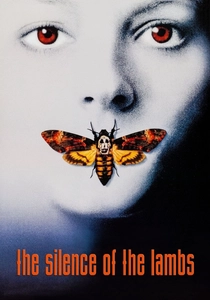
The Silence of the Lambs (1991)
Description: Though not directly about classical music, the film's use of Bach's Goldberg Variations during key scenes adds a chilling layer to the psychological thriller.
Fact: The film is one of only three to win all five major Academy Awards (Best Picture, Director, Actor, Actress, and Screenplay).
 Watch Now
Watch Now
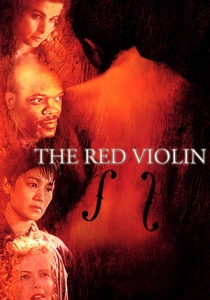
The Red Violin (1998)
Description: This film follows the journey of a legendary violin from its creation in 17th-century Italy to the present day, with each owner's story intertwined with a mysterious murder. The music of Vivaldi and others forms the soul of the narrative, making it a perfect fit for this list.
Fact: The film was nominated for an Academy Award for Best Original Score, and the violin used in the movie was crafted by a master luthier.
 Watch Now
Watch Now
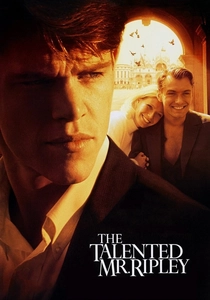
The Talented Mr. Ripley (1999)
Description: A psychological thriller where the protagonist's love for classical music, particularly jazz-influenced piano, intertwines with his descent into crime.
Fact: Matt Damon learned to play the piano for his role, and the film was shot in various locations in Italy.
 Watch Now
Watch Now
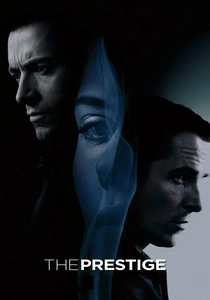
The Prestige (2006)
Description: While not strictly a detective film, this tale of rivalry between two magicians has elements of mystery and investigation. The score by David Julyan, with its classical influences, adds depth to the film's Victorian setting.
Fact: Christopher Nolan, the director, used real magic tricks in the film, and the rivalry depicted was inspired by real-life magicians.
 Watch Now
Watch Now
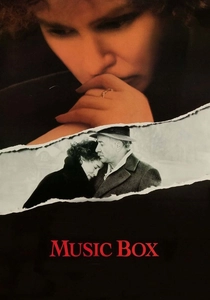
The Music Box (1989)
Description: A detective story with a twist, where a music box holds the key to a series of murders. The film's use of classical music, particularly Beethoven's Symphony No. 5, enhances the suspense.
Fact: The film was shot in Vienna, Austria, and the music box used in the film is now displayed in a museum there.
 30 Days Free
30 Days Free

The Piano (1993)
Description: While primarily a drama, this film has elements of mystery and investigation around the protagonist's mute communication through her piano. The score by Michael Nyman is heavily influenced by classical music.
Fact: The film won three Academy Awards, including Best Original Screenplay, and the piano used was a genuine 19th-century instrument.
 30 Days Free
30 Days Free
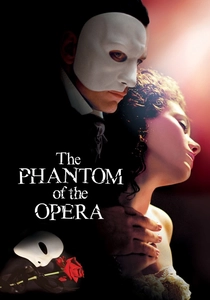
The Phantom of the Opera (2004)
Description: This adaptation of the classic novel involves a mysterious figure haunting the Paris Opera House. The film's score, composed by Andrew Lloyd Webber, is a blend of classical music and operatic elements, making it a must-watch for this theme.
Fact: The film was shot at Pinewood Studios, where the opera house set was built to scale, and it was the first film ever to be released with a simultaneous production of a stage show.
 30 Days Free
30 Days Free


